
Which Hand to Wear a Bracelet: Left or Right Hand?
Many of us have looked in the mirror and wondered: “Which hand should I wear my bracelet on?” It’s more than a style question; it touches culture, symbolism, comfort, and personal expression. Whether you’re gifting or styling your own jewellery, knowing the meaning and practicality behind the choice can help you wear your bracelet with confidence.
In this post, we’ll explore traditions, myths, and modern fashion tips. And in between, you’ll discover KYMEE’s 18K Gold Vermeil bracelets for women, a beautiful and high-quality option to make your decision even more meaningful.
Historical & Cultural Beliefs
Throughout history, many cultures have placed significance on which side of the body one wears adornments.
For example:
- In Indian culture, wearing a bracelet or bangle (kada) on the right hand is common for men, while women may wear one on either based on marital status or astrological advice.
- In Chinese feng shui traditions, the left side of the body is associated with receiving energy, so jewellery worn on the left is thought to attract positive influences.
- In Western traditions, some believe that the right side is the “active” side and the left is the “receptive” side, giving bracelets on each hand a different meaning.
These traditions influence how some people decide, but today, many wear them based on comfort and style.
Symbolism by Hand
Here’s a quick breakdown of interpretations often linked to each wrist:
| Hand | Common Symbolism |
| Left | Receptivity, love, attracting energy, inner self |
| Right | Action, giving, strength, outer world |
| Either/Both | Balance, symmetry, duality |
So if someone puts on a bracelet on the left, they might see it as a more personal or inward gesture. On the right, more outward or expressive. But these are loose beliefs; there’s no fixed rule.
Practical/Fashion Considerations
While symbolism is fun, practicality often wins:
- Dominant hand: If you're right-handed, wearing a bracelet on the left reduces interference with writing, typing, or tasks. Vice versa for left-handed people.
- Comfort: Heavy bracelets might feel more comfortable on the less active wrist.
- Stacking & layering: You might want to balance (bracelets on both), or choose one wrist to stack multiple pieces.
- Matching with other jewellery: You may align with rings, watches, or bracelets on one side for visual harmony.
Wearing Bracelets According to Occasion
- Daily/casual wear: Prefer the less active hand for comfort.
- Formal/events: Choose the hand that complements your outfit’s symmetry or focal point.
- Spiritual/ritual: In some ceremonies or cultural rituals, a specific hand is prescribed.
- Gifting: When gifting, sometimes the giver places the bracelet on a particular hand for symbolic reasons.
Material & Weight Matters
A delicate chain bracelet is light and rarely bothers your movement, so you might freely wear it on your dominant hand. But a chunkier or more rigid cuff could feel awkward if worn on your working side. Gold vermeil or plated pieces tend to be moderate weight, so hand choice can factor in comfort more than symbolism.
Wristwatch + Bracelet Styling
If you wear a watch:
- Many prefer the watch on the non-dominant hand and bracelets on the other hand to avoid clutter.
- Another option: stack a slim bracelet alongside the watch on the same wrist, and wear a statement bracelet on the opposite hand for balance.
How to Choose Which Hand: A Decision Guide
Here’s a simple checklist:
- Which hand is your non-dominant hand?
- Will a bracelet on that hand get in your way?
- Does your outfit/sleeve length make one wrist more visible?
- Do you want to mirror an existing piece (watch, ring) on a specific side?
- Does cultural/spiritual meaning matter to you?
Use this “decision tree” to guide your personal choice.
KYMEE’s 18K Gold Vermeil Bracelets for Women
Let me introduce an elegant option: KYMEE’s 18K Gold Vermeil bracelets for women.
What is gold vermeil?
Gold vermeil is a high-quality process where a thick layer of 18-carat gold is electroplated onto sterling silver. The result is a rich gold finish that is more substantial and durable than standard gold plating.
Why choose KYMEE’s bracelets?
- Exceptional quality: With 18K vermeil over sterling silver, these bracelets give you the prestige of gold without the full cost of solid gold.
- Design for women: Thoughtfully crafted shapes, adjustable fits, and feminine touches.
- Hypoallergenic & lasting: Because underneath is sterling silver, it’s safer for sensitive skin when properly cared for.
- Value & luxury: It strikes a balance between premium and wearable luxury.
KYMEE’s bracelets make an ideal pick whether you favour the left or right wrist, thanks to their balanced and refined styling.
Styling KYMEE Bracelets on the Left or Right Hand
Here are style ideas depending on which hand you choose:
- Left wrist styling: Let KYMEE’s slim designs or charm bracelets gleam close to your heart side. Pair with a ring on the left hand for a cohesive look.
- Right wrist styling: Use a bolder KYMEE statement bracelet to draw attention outward. Pair with a watch on the left hand for asymmetry.
- Dual wrist styling: If you wear on both hands, mirror minimal styles, say, wear a thin KYMEE bracelet (or the same model) on both wrists, or one as your special piece.
Either way, KYMEE’s thoughtful sizing and elegant design make them adaptable. Try both hands in front of a mirror and see which resonates with your energy and outfit best.
Care Tips for 18K Gold Vermeil
To keep your KYMEE gold vermeil bracelet shining:
- Avoid contact with perfumes, lotions, sweat, or water (especially chlorine/saltwater).
- Store it in a soft pouch or a jewellery box, separated from harder pieces.
- Clean gently with a soft, dry microfiber cloth. Avoid abrasive cleaners.
- Occasionally, polish the silver core if you notice tarnish beneath the gold layer, but be gentle.
Conclusion
In the end, the “right” hand to wear a bracelet is the one that feels right to you. Whether you’re guided by cultural symbolism, comfort, or visual balance, the best choice is personal.
If you’re searching for a bracelet that’s elegant, durable, and flexible in styling, consider KYMEE’s 18K Gold Vermeil bracelets for women. Quality, refined design, and adaptability make them perfect for whichever wrist you choose, left, right, or both.
Ready to try? Browse KYMEE’s collection, pick your favourite, and experiment wearing it on both wrists for a few days. See which side feels more natural to you and enjoy wearing your jewellery with confidence and beauty.
FAQs
-
Does it literally matter which hand you wear a bracelet on?
Not strictly. It’s largely a matter of personal preference, comfort, and style. The symbolic meanings are optional, not rules. -
Can you wear a bracelet on both hands?
Absolutely. Many style both wrists for balance or symmetry, choosing complementary pieces. -
For gifting, which hand should you place it on?
Some traditions say the left hand (receiving), others the right (giving). But most givers let the recipient choose which hand they prefer. -
For your watch and bracelet together, which goes where?
A common approach is to keep the watch on the non-dominant hand and wear bracelets on the opposite or stacked with the watch, whichever feels best. -
Will wearing a bracelet on the dominant hand damage it?
Only if it’s heavy or knocks against surfaces, lighter bracelets like KYMEE’s 18K gold vermeil pieces are less likely to be problematic. -
How do you know if a bracelet fits well on either wrist?
Proper fit allows slight movement (a finger’s width between bracelet and wrist bone). Adjustable chains or links help make a bracelet more versatile for either hand.









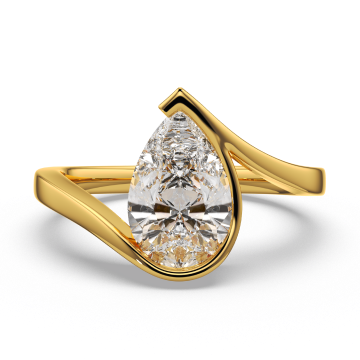
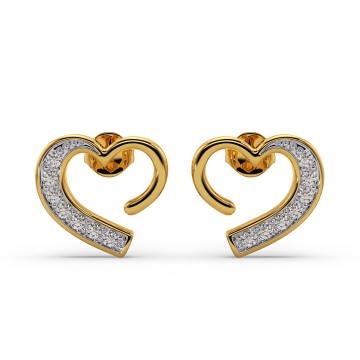
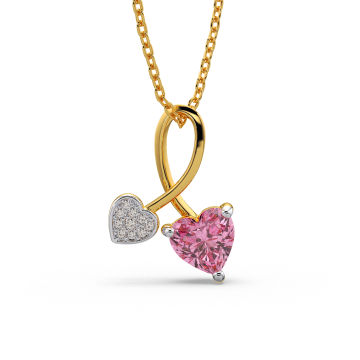
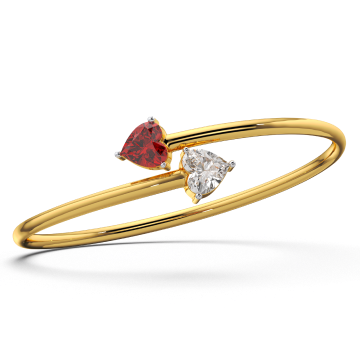
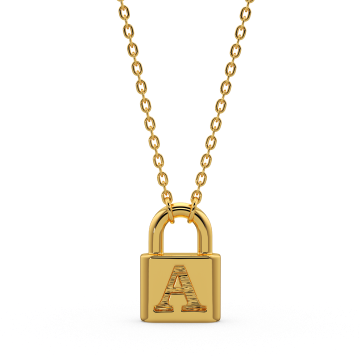
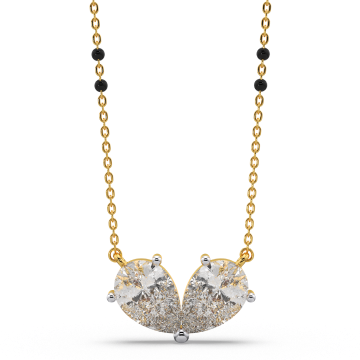
 All Rings
All Rings Toi Et Moi Rings
Toi Et Moi Rings Wedding Bands
Wedding Bands Solitaire Rings
Solitaire Rings Stackable Rings
Stackable Rings Dainty Rings
Dainty Rings Personalized Rings
Personalized Rings Daily Wear Rings
Daily Wear Rings Halo Rings
Halo Rings Ring Set
Ring Set For Daily Wear
For Daily Wear For Party
For Party For Work
For Work For Gifting
For Gifting For College
For College For Festive Days
For Festive Days All Earrings
All Earrings Hoop Earrings
Hoop Earrings Drop Earrings
Drop Earrings Stud Earrings
Stud Earrings Name Earrings
Name Earrings Threader Earrings
Threader Earrings All Necklaces
All Necklaces Charm Pendants
Charm Pendants Pendant & Necklaces
Pendant & Necklaces Station Necklaces
Station Necklaces Personalized Necklaces
Personalized Necklaces Layered Necklaces
Layered Necklaces Drop Necklaces
Drop Necklaces All Bracelets
All Bracelets Name Bracelets
Name Bracelets Chain Link Bracelets
Chain Link Bracelets Bangle Bracelets
Bangle Bracelets Charm Bracelets
Charm Bracelets Tennis Bracelets
Tennis Bracelets